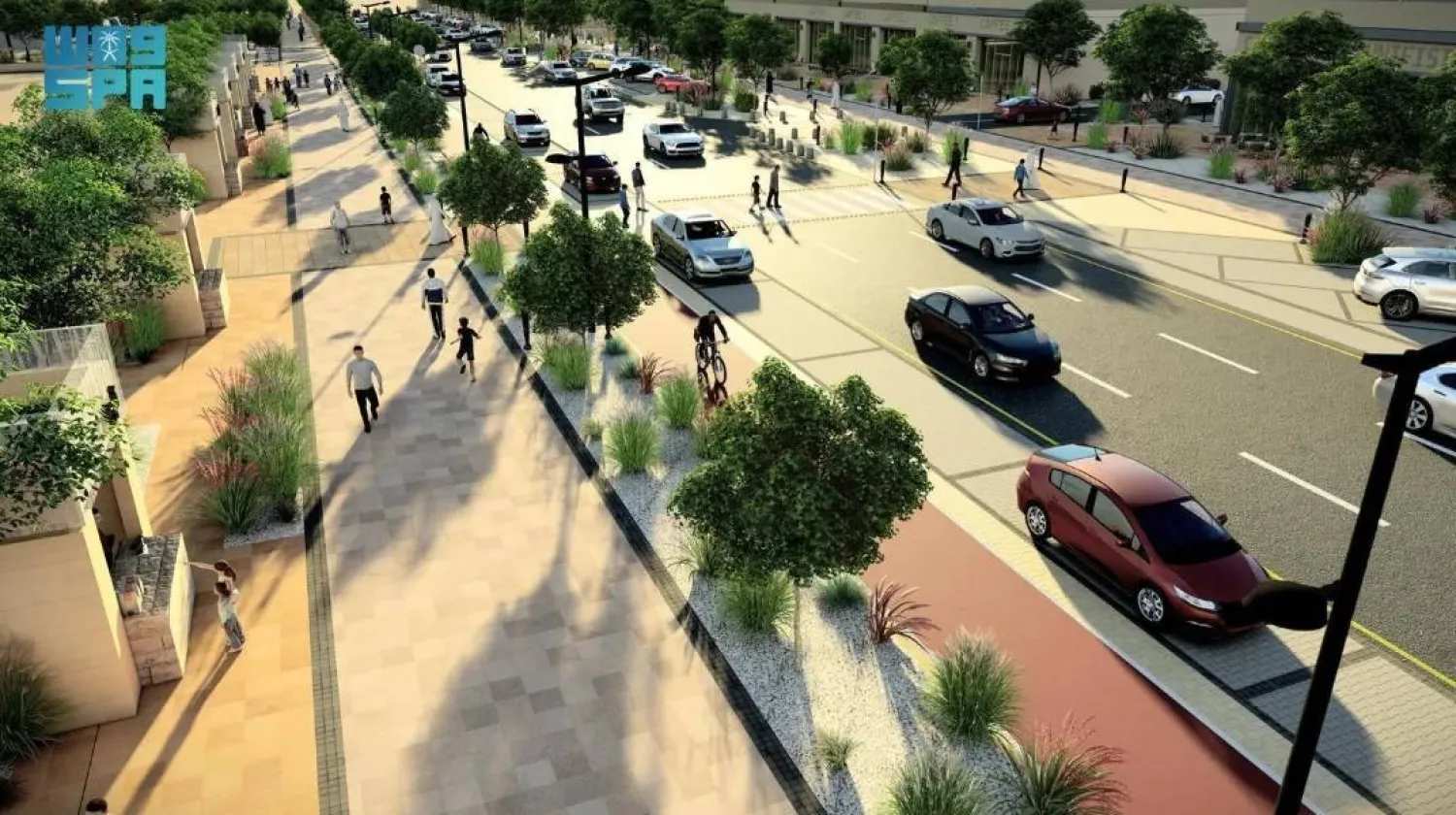The UAE revealed on Wednesday its plan to send four astronauts into space within five years through a specialized program that prepares and trains young men and women to be sent on various assignments to the International Space Station.
Sheikh Mohammed bin Rashed Al-Maktoum, the UAE’s vice president and prime minister and Dubai Ruler said the Emirates Astronauts is the first program of its kind in the Arab world to select and train four Emirati astronauts and send them on various missions to the International Space Station.
The program aims to invite young women and men to join the program under the umbrella of the Mohammed bin Rashid Center of space.
Sheikh Mohammed said: "On this day, a new chapter in our history begins with the launch of the first UAE Astronaut Programme, dedicated to sending four Emirati Astronauts into space.
"The people of the UAE will break new barriers; nothing can stand in the way of those who believe nothing is impossible," he added.
"Our ambitious goals are fuelled by dedicated people, who support us until, without hesitation or scepticism, we succeed"
Sheikh Mohammed called on all young UAE men and women to register for the UAE astronaut program through the program's official website.
"I invite young Emiratis to register for the UAE Astronaut Programme through the Mohammed bin Rashid Space Centre at the Mohammed bin Rashid Space Centre (MBRSC)."
Sheikh Mohammed said that the most competitive applicants will be chosen to be ambassadors for the UAE in space exploration.
"The most competitive applicants will be selected to be ambassadors for the UAE in space exploration. However, every single Emirati will contribute in his or her own way to the future of the UAE, whether it’s on land, or in the skies," he tweeted.
The UAE is investing in science programmes to help serve national interests in the future, actively participating in global space exploration, and exploring the prospects of human life in space, including the possibility of inhabiting other planets.
Finalists will go through training in theory and science, as well as specialty qualification courses, over several months and in accordance with the highest international standards and requirements.
The top students will be screened before four Emirati astronauts will be selected to form the UAE’s Astronaut Team.









